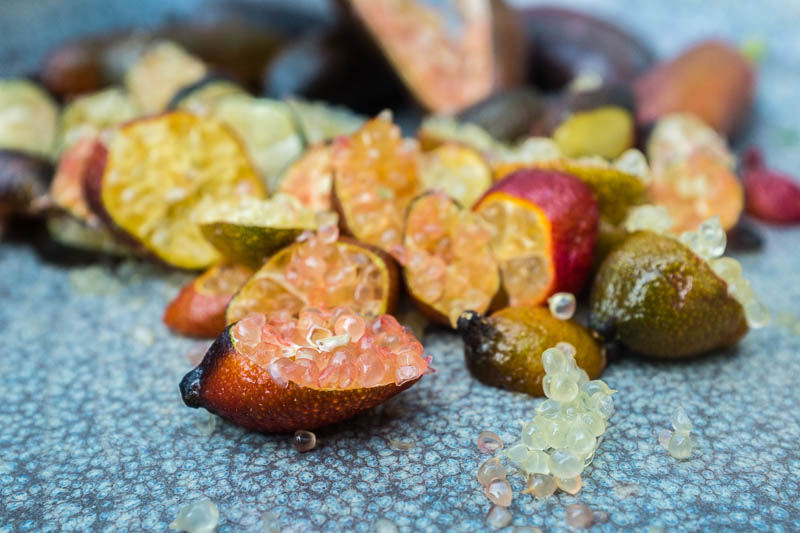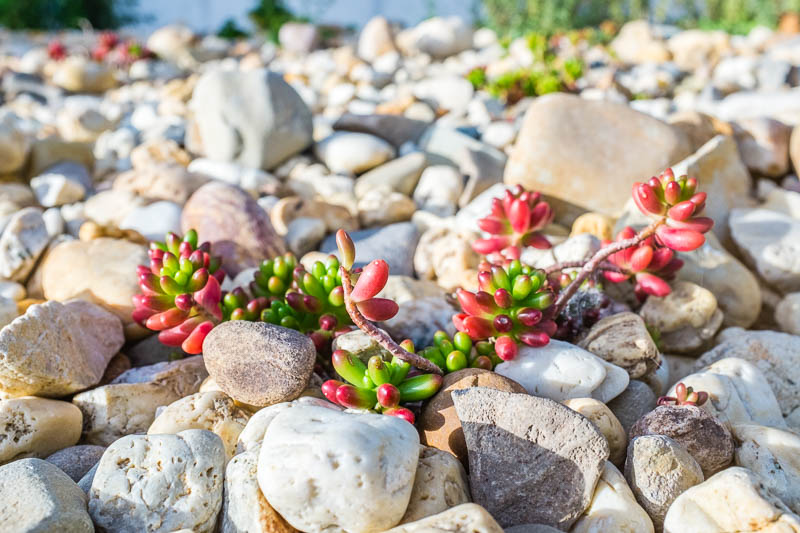[content_slider]
[content_slide]

[/content_slide]
[content_slide]

[/content_slide]
[/content_slider]
Native Australian ingredients have had a chequered history in Australia. For many years they were ignored or used in ways that didn’t recognise their full potential. In recent years, however, chefs have begun to embrace native ingredients in a way that maximises their attributes and the result has been flavours that are simultaneously new and old.
The flavours are new in the sense that many contemporary diners are being introduced to these ingredients for the first time but old in the sense that they’ve been used by Australia’s indigenous population for tens of thousands of years.
Fitzroy restaurant Charcoal Lane is one of our favourite spots to explore native ingredients. Not only do they use native ingredients in all their dishes, but they are a socially minded venture that provides a comprehensive training program for young people that have had difficultly finding work. There’s also a strong link between the ingredients, their history, and native Australians. More than just great food, Charcoal Lane also provides an education.
Similarly Adelaide’s Orana, one of the top restaurants in Australia, celebrates the nutritional properties of native ingredients and respects the produce’s relationship with the land and indigenous Australians.
The most familiar native ingredient to many is the macadamia nut, which is fantastic eaten on its own or as part of things like cakes and desserts. Saltbush, meanwhile, is a native shrub with leaves that taste salty and herbaceous. It’s very versatile and can be used as a spice or added whole and fresh to a variety of sauces, salads and other dishes.
Lemon Myrtle, another native ingredient that’s becoming popular, tastes of lemon grass and lime and works wonderfully in drinks and seafood. One of our favourite native ingredients, the finger lime, looks like a long lime from the outside, but opens to reveal an array of colourful caviar-like pearls that taste of lemon and lime. They’re best used as a raw addition to savoury dishes, and as a garnish for drinks.
While native ingredients are being increasingly embraced by chefs across Australia, their use in home cooking isn’t as widespread. This is mostly down to availability and familiarity. Many people simply aren’t aware of native ingredients, or how to use them and even if they are, sourcing them can be difficult.
If you know where to look though, they can be found. Many specialty grocery and ingredient stores now sell native ingredients while online retailers like HelloFresh include native ingredients in their grocery boxes and recipes.
We’ve recently started to explore native ingredients in our own kitchen, modifying recipes that we love to great effect. Our Creamy Preserved Lemon Pasta recipe works wonderfully when the preserved lemon is replaced with finger lime, and then garnished with pan fried saltbush leaves. Our Coconut Milk Bircher Muesli recipe meanwhile, is easy to modify with Australian native ingredients – you can add things like macadamia nuts, munthari (small green and red fruits that taste of apple), and roasted wattleseed (which exhibits nutty, chocolate and hazelnut flavours).
With such an interest in gastronomy around the world, native ingredients, and an element of place and history in food is more important than ever. With food trends and the ever more connected world it can sometimes seem that food is much the same around the world but when you start using native ingredients, the doors open to some wonderful and truly unique, Australian flavours.
We can’t wait to try cooking more things using native ingredients, and hope that you’re inspired to as well.

